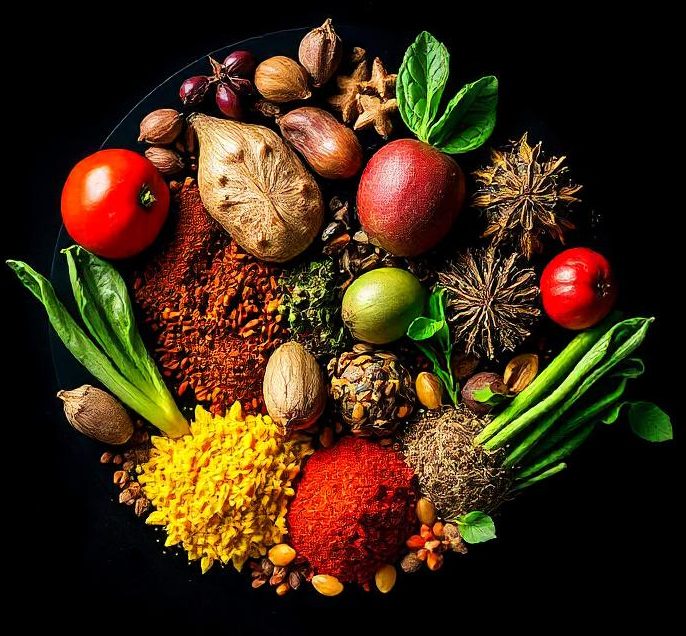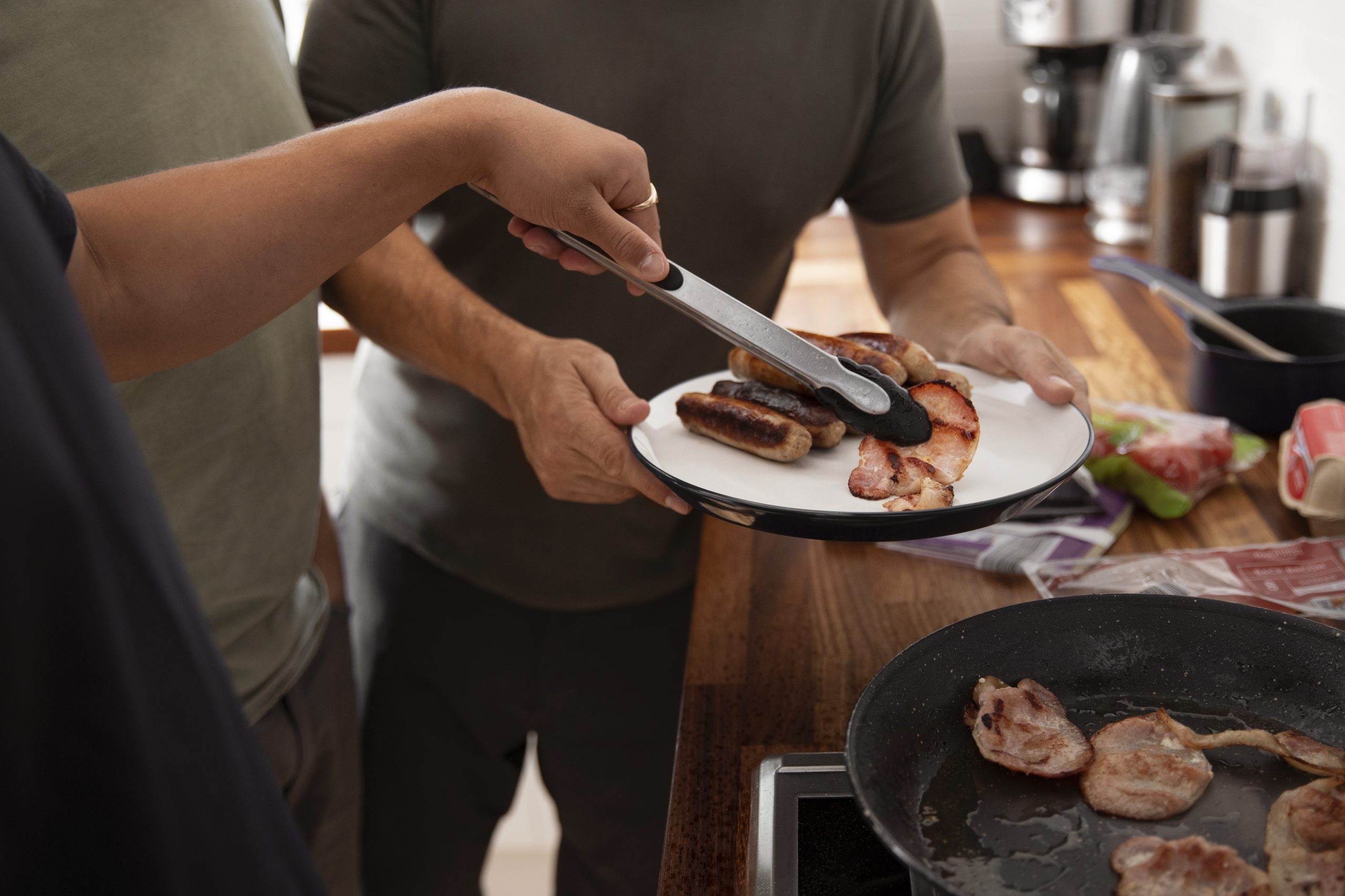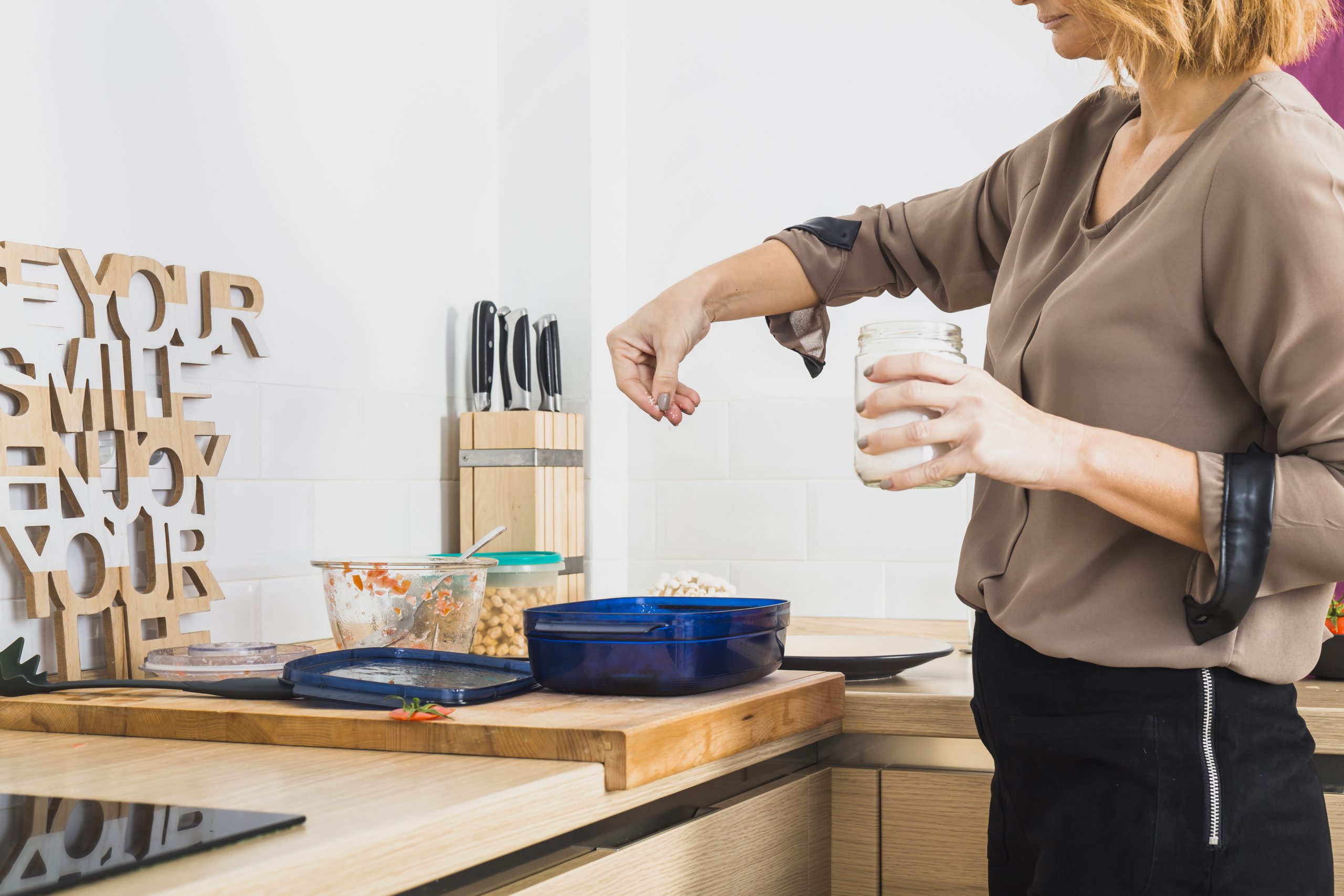Searing meat is a technique that transforms a simple cut into a flavorful masterpiece. The process locks in juices, creates a crispy, caramelized crust, and elevates the overall taste. Mastering this technique can elevate your home cooking and make your meals feel restaurant-quality. Here’s how to master the art of searing and achieve perfect meat every time.
1. Choose the Right Cut of Meat
Not all cuts of meat are ideal for searing. Thick, well-marbled cuts such as ribeye, filet mignon, and sirloin are best for searing because they have enough fat and tenderness to stand up to high heat.
Tips:
- Look for cuts with a good fat cap, which will render beautifully during searing.
- Thin cuts like chicken breasts or pork chops can be seared but may cook too quickly, so watch carefully to avoid overcooking.
2. Pat the Meat Dry
Moisture is the enemy of a good sear. Before you sear your meat, it’s essential to pat it dry with paper towels. The drier the surface of the meat, the better the Maillard reaction will occur, which is responsible for that delicious crust.
Tips:
- Use a generous amount of paper towels to remove all moisture from the surface.
- Drying the meat also prevents splattering and ensures even cooking.
3. Preheat Your Pan Properly
A common mistake when searing meat is not preheating the pan enough. For a perfect sear, your pan needs to be hot—really hot. Preheat your pan for several minutes on medium-high or high heat before adding the meat.
Tips:
- Cast iron skillets or stainless steel pans are the best options for searing due to their ability to retain and distribute heat evenly.
- If you drop a small amount of water into the pan and it sizzles and evaporates immediately, the pan is hot enough.
4. Use the Right Oil
Choose an oil with a high smoke point, such as vegetable oil, canola oil, or avocado oil, when searing meat. Oils with low smoke points, like olive oil, will burn at high temperatures and impart a bitter taste to the meat.
Tips:
- Add just enough oil to coat the bottom of the pan, ensuring the meat doesn’t stick.
- For extra flavor, you can add a bit of butter towards the end of searing, but don’t use it at the start as it burns too quickly.
5. Let the Meat Sear Undisturbed
Once your meat hits the hot pan, resist the urge to move it around. Let it sear undisturbed for several minutes on each side. This allows the crust to form properly and locks in the flavors.
Tips:
- Depending on the thickness of your cut, sear each side for about 3-5 minutes. Don’t flip too early—wait until the meat naturally releases from the pan.
- For an even sear, press down lightly on the meat with tongs to ensure full contact with the pan.
6. Use a Meat Thermometer for Perfect Doneness
While searing creates a flavorful crust, using a meat thermometer ensures the meat is cooked to your preferred doneness. For perfectly seared meat, you’ll want to use the thermometer to check the internal temperature.
Tips:
- For steak, aim for an internal temperature of around 120°F (49°C) for rare, 130°F (54°C) for medium-rare, 140°F (60°C) for medium, and 150°F (66°C) for well-done.
- For poultry, ensure the internal temperature reaches 165°F (74°C).
7. Rest the Meat Before Serving
After searing and cooking your meat, let it rest for at least 5-10 minutes before cutting into it. This allows the juices to redistribute throughout the meat, ensuring each bite is tender and juicy.
Tips:
- Tent the meat loosely with foil while it rests to keep it warm.
- Resting the meat also prevents the juices from spilling out when you slice it.
Conclusion
Mastering the art of searing is all about patience, practice, and technique. By choosing the right cut of meat, ensuring your pan is hot, and following the steps carefully, you’ll create perfectly seared meat every time. Whether it’s steak, pork, or chicken, this simple yet effective technique will transform your dishes and make your meals extraordinary.
Now, with these tips in mind, you’re ready to take your searing skills to the next level and enjoy meat that’s flavorful, juicy, and perfectly cooked.


